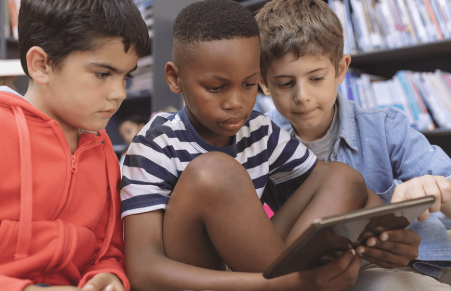Online learning is no longer just a backup option—it’s now a powerful and preferred way to gain knowledge, learn new skills, and explore personal interests. As technology continues to shape how we study, several exciting trends are making online education more engaging, flexible, and accessible for everyone.
1. Personalized Learning Paths
Online platforms are becoming smarter and more responsive. Learners can now enjoy tailored experiences that match their learning speed, style, and goals. Whether it’s adjusting the difficulty of quizzes or suggesting lessons based on progress, personalization is helping students stay motivated and succeed.
2. Microlearning for Busy Lives
Instead of long lectures, many courses now offer short, focused lessons. This “microlearning” approach fits easily into a busy day—whether you’re on a lunch break, commuting, or waiting in line. These small lessons can add up to big knowledge over time.
3. Learning on the Go
Mobile learning has taken off thanks to apps and mobile-friendly platforms. With a smartphone or tablet, learners can access their classes anywhere—at the park, in a café, or at home. This makes education more flexible and fits around modern lifestyles.
4. Interactive and Fun Learning Tools
Online learning isn’t just about watching videos. Interactive quizzes, games, and simulations are making lessons more fun and hands-on. These tools help learners stay engaged and better understand what they’re learning.
5. Emphasis on Soft Skills
Along with technical subjects, online courses are focusing more on personal development. Topics like communication, leadership, problem-solving, and emotional intelligence are growing in demand—and many platforms are meeting that need with quality content.
6. A Culture of Lifelong Learning
People of all ages are turning to online learning to grow personally and professionally. Whether it’s learning a new language, picking up a hobby, or switching careers, the idea that learning can happen at any age is gaining popularity.
7. Collaborative Learning Spaces
Virtual classrooms now offer ways to connect with others through discussion boards, group projects, and live sessions. This sense of community helps learners stay connected and build valuable teamwork skills.
8. Global Access to Education
One of the biggest benefits of online learning is its reach. Students can join classes from universities and educators around the world. This makes learning more inclusive and allows people everywhere to access high-quality education.


